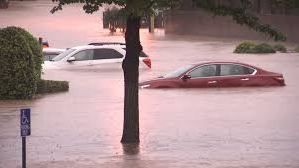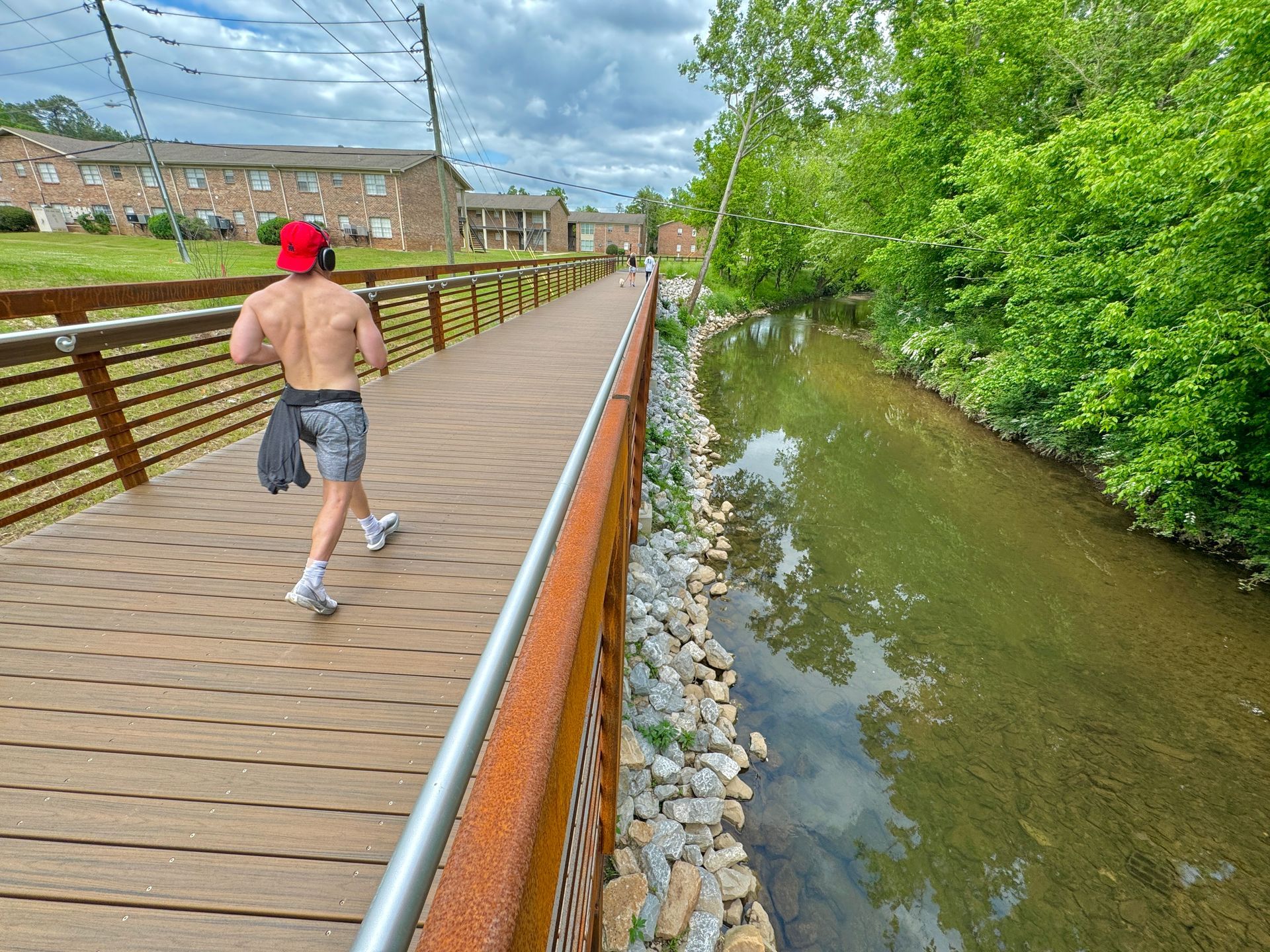DEVELOPMENT SPECIFICATIONS
All development in a Special Flood Hazard Area (“SFHA”) in the City of Homewood requires a Floodplain Development Permit. Development in a SFHA is required to comply with the city’s Floodplain Development Ordinance. The Floodplain Administrator is appointed to administer and implement the provisions of the Floodplain Development Ordinance and reviews Floodplain Development Permit applications.
An application for development in a SFHA must be submitted as part of the overall review process for obtaining a building permit. The Floodplain Development Permit application must include the information detailed in Division 3, Sec. 5-35. Permit Procedures of the Floodplain Development Ordinance, which includes, but isn’t limited to:
- Base Flood Elevation.
- Boundary of the Special Flood Hazard Area(s) and floodway(s).
- Flood zone designation of the proposed development area.
- Design certification that any proposed non-residential flood-proofed structure will meet the flood-proofing criteria.
- An engineering report on the effects of the proposed project on the flood-carrying capacity of the watercourse and the effects to properties located both upstream and downstream.
This information is in addition to standard construction drawings, site plan and other information required by the Building and Permitting Department.
New Construction or Substantial Improvement
In all SFHAs new construction and substantial improvements must comply with the following specific standards:
Substantial Improvement
Any reconstruction, rehabilitation, addition, or other improvement of a structure, taking place during a 10-year period, in which the cumulative percentage of improvement equals or exceeds 50 percent of the market value of the structure before the “start of construction” of the improvement. This term includes structures which have incurred “repetitive loss” or “substantial damage”, regardless of the actual repair work performed. At the end of a 10-year period from the initial improvement project, an updated valuation for the structure can be used for the next cumulative period.
Residential Construction
New construction or substantial improvement of any residential structure shall have the lowest floor, including basement, elevated no lower than one foot above the highest base flood elevation. Should solid foundation perimeter walls be used to elevate a structure, openings sufficient to facilitate the unimpeded movements of flood waters shall be provided in accordance with standards within the Floodplain Development Ordinance.
Nonresidential Construction
New construction or substantial improvement of any commercial or nonresidential structure shall have the lowest floor, including basement, elevated no lower than one foot above the level of the highest base flood elevation. Structures located in all A zones may be flood-proofed in lieu of being elevated provided that all areas of the structure below the required elevation are watertight with walls substantially impermeable to the passage of water and use structural components having the capability of resisting hydrostatic and hydrodynamic loads and the effects of buoyancy. A registered professional engineer or architect shall certify that the standards of the Floodplain Development Ordinance are satisfied.
Construction in a Floodway
Located within Special Flood Hazard Areas are areas designated as floodways. A floodway may be an extremely hazardous area due to velocity floodwaters, debris or erosion potential. In addition, the area must remain free of encroachment to allow for the discharge of the base flood without increased flood heights.
Encroachments, including fill, new construction, substantial improvements or other development are prohibited within the adopted regulatory floodway unless it is demonstrated through hydrologic and hydraulic analyses that the proposed encroachment would not result in any increase in BFEs during the occurrence of the base flood discharge. A registered professional engineer must provide supporting technical data and certification (No-Rise Certificate) to FEMA for the proposed floodway encroachment. The No-Rise Certificate must be submitted to the Floodplain Administrator with the development permit, including a Site Plan showing the current and proposed floodway alignment.
____________________________________
For questions regarding development in a SFHA please email the Floodplain Administrator: sherri.williams@homewoodal.org. Be sure to include your address and any details about your proposed project.
To report development or flooding in a SFHA, please email our City Engineer: cale.smith@homewoodal.org






